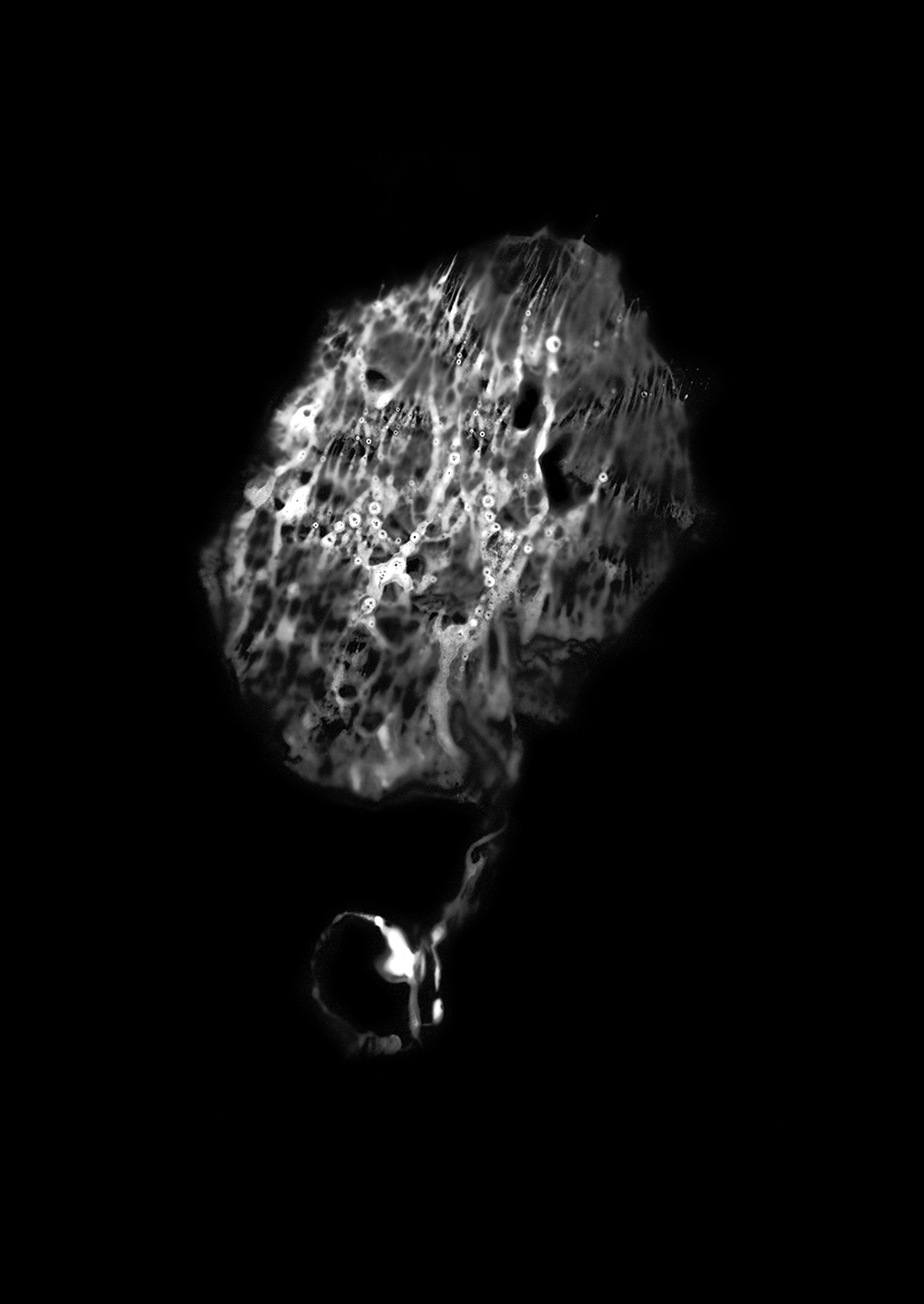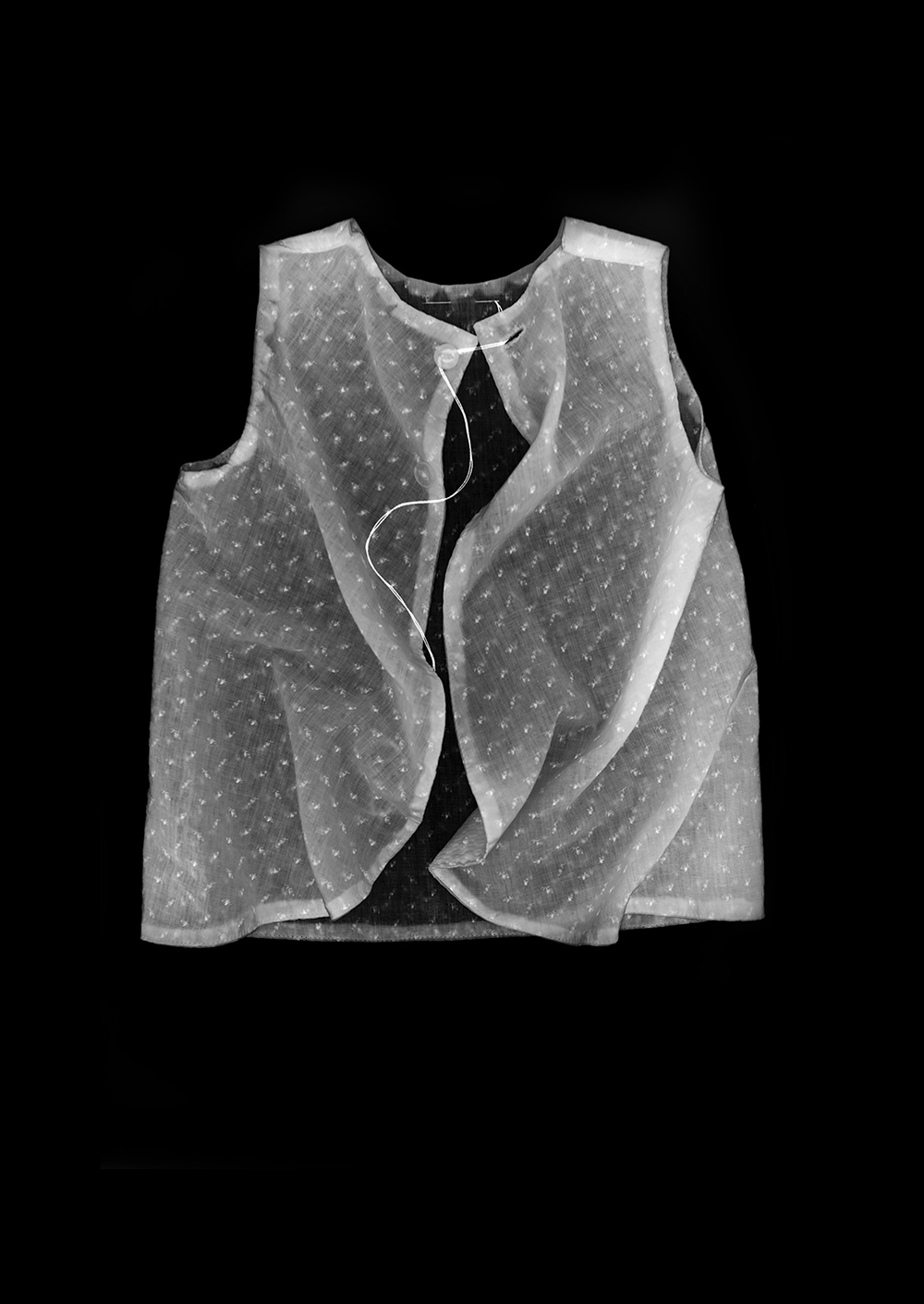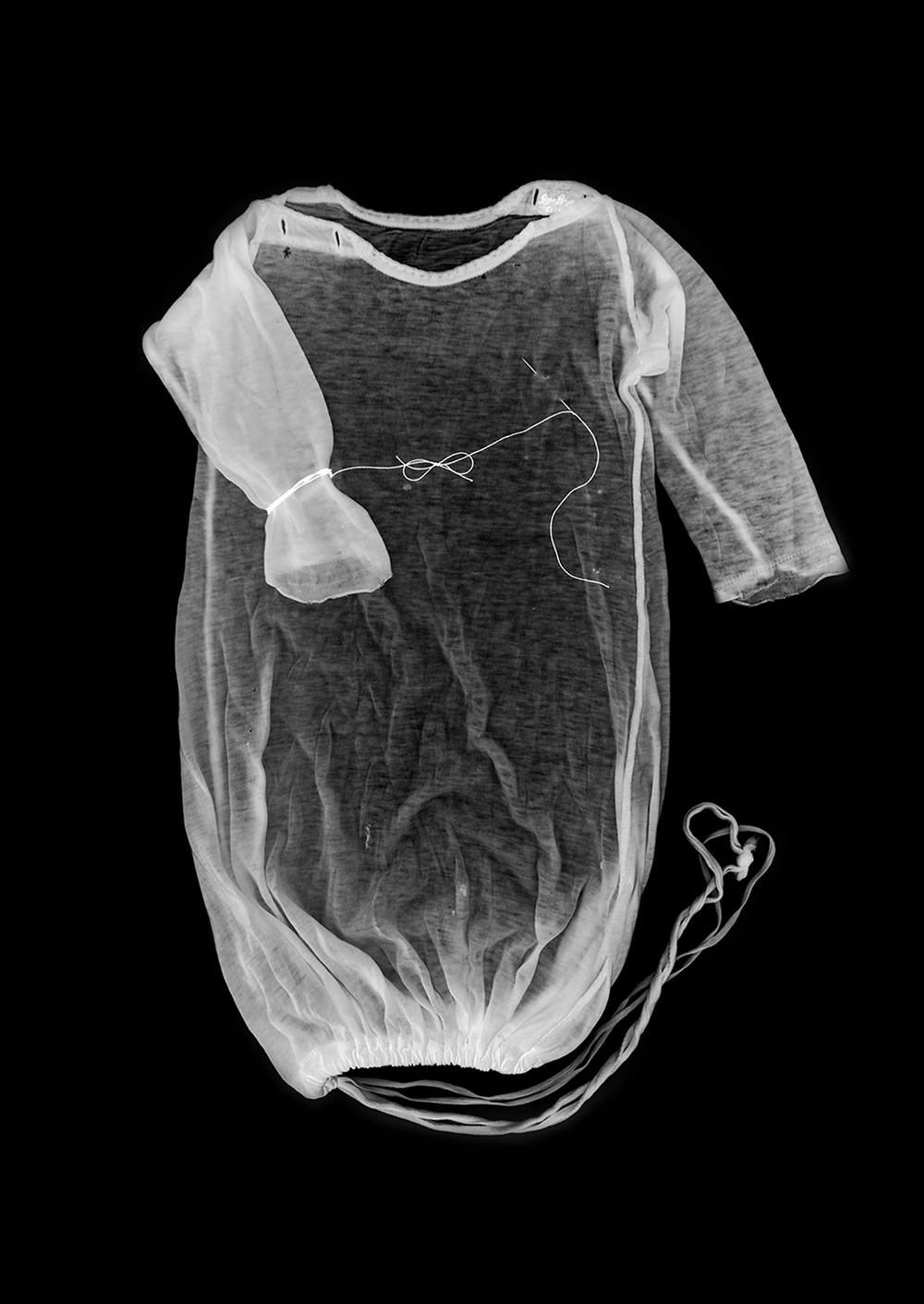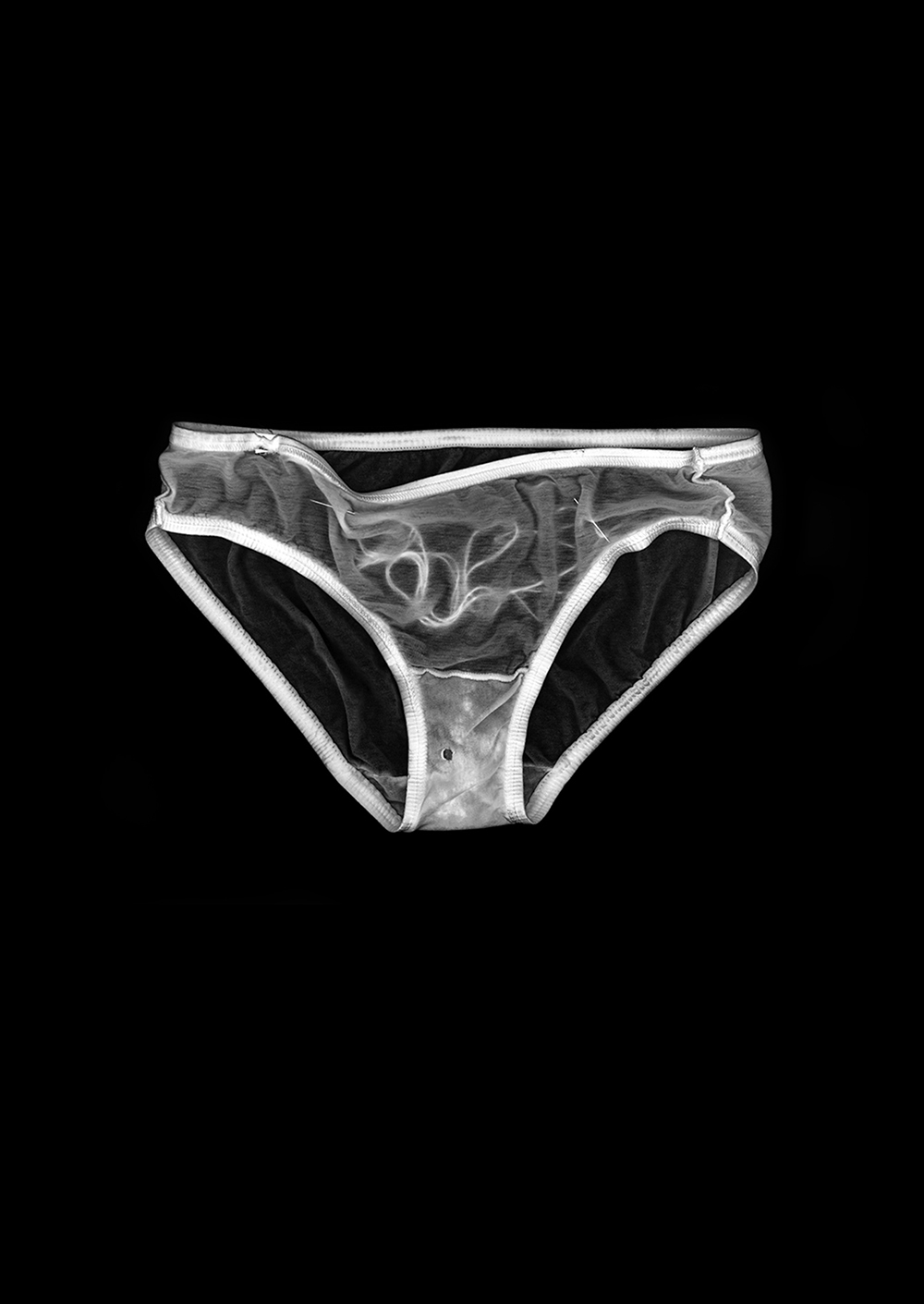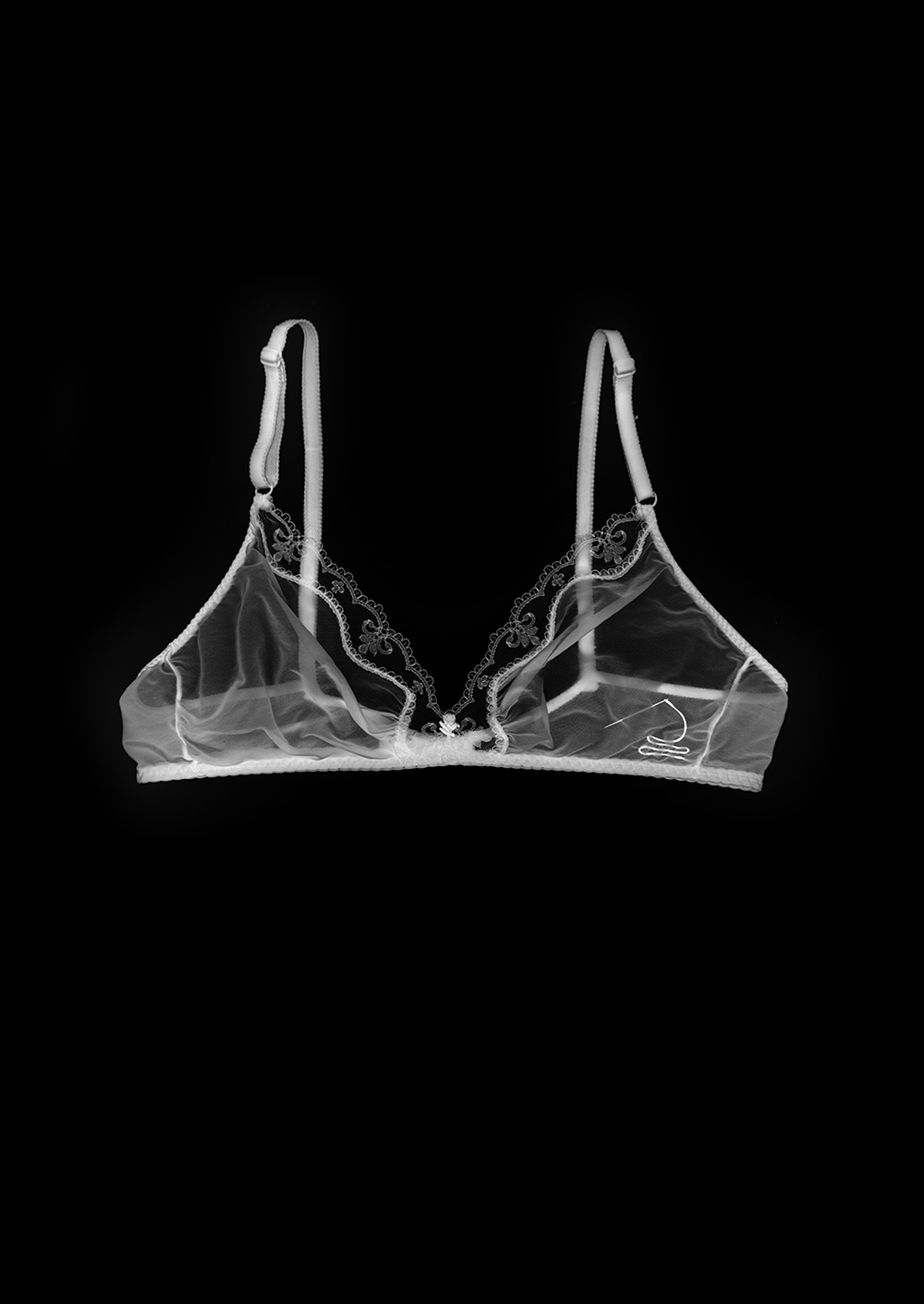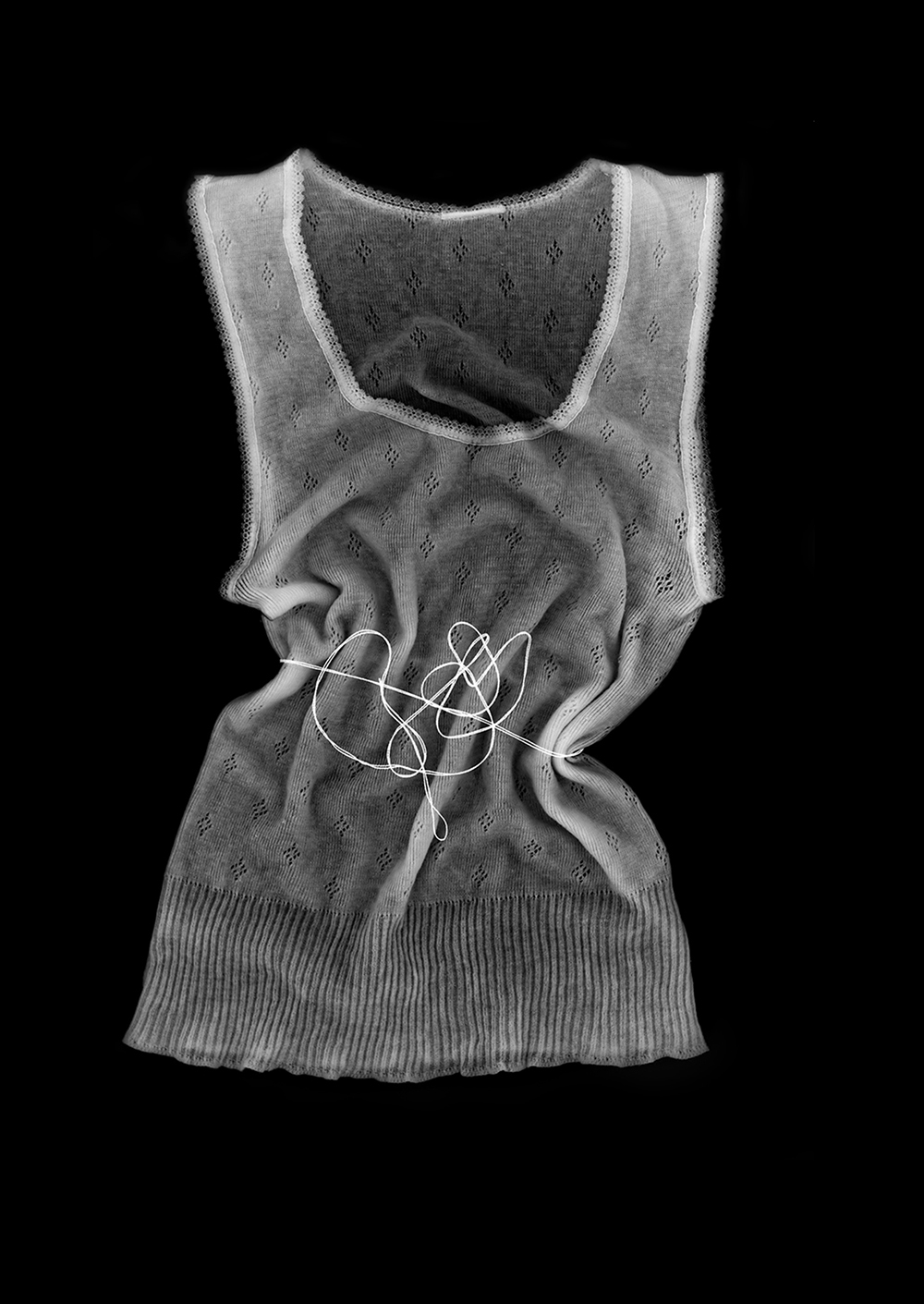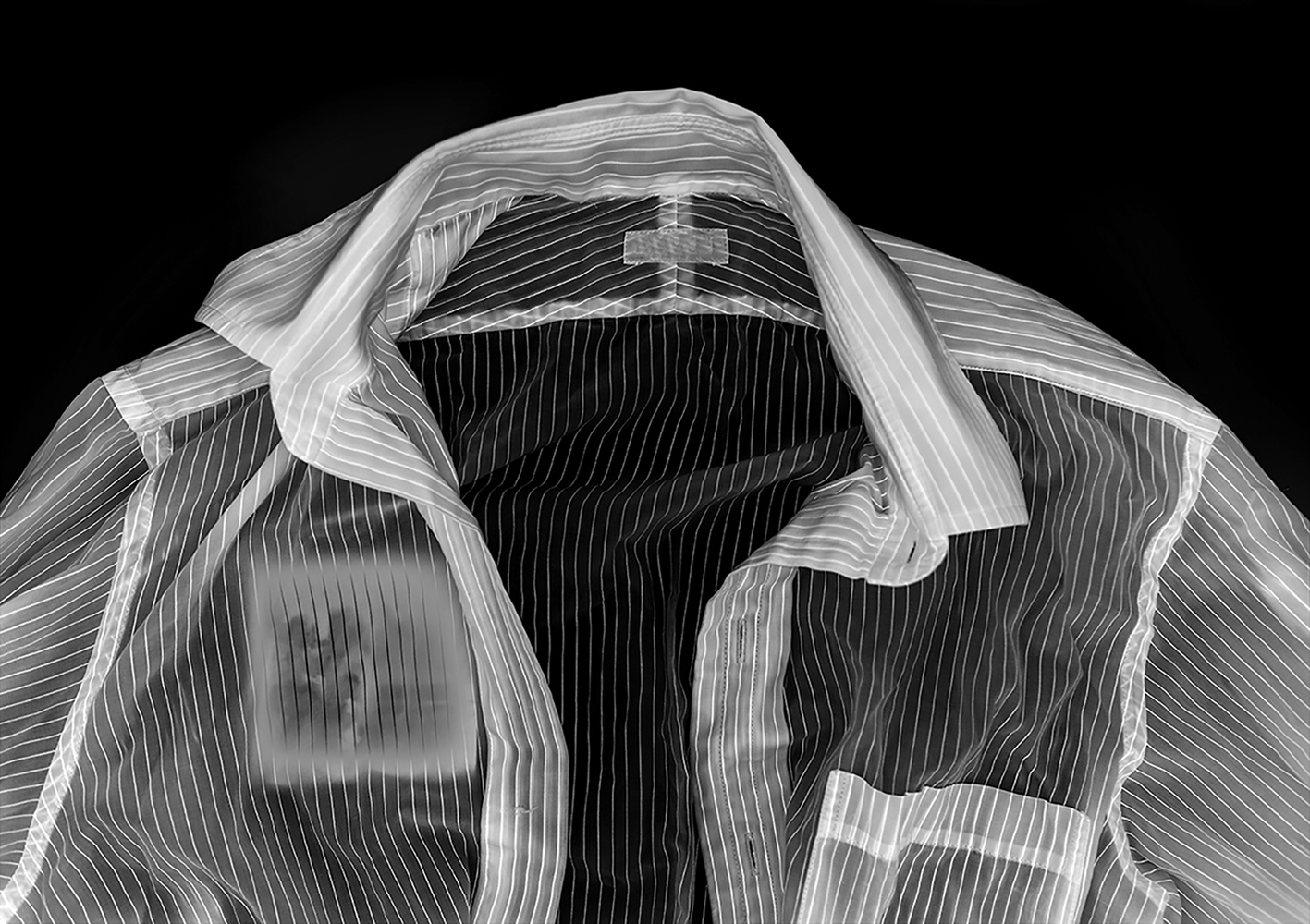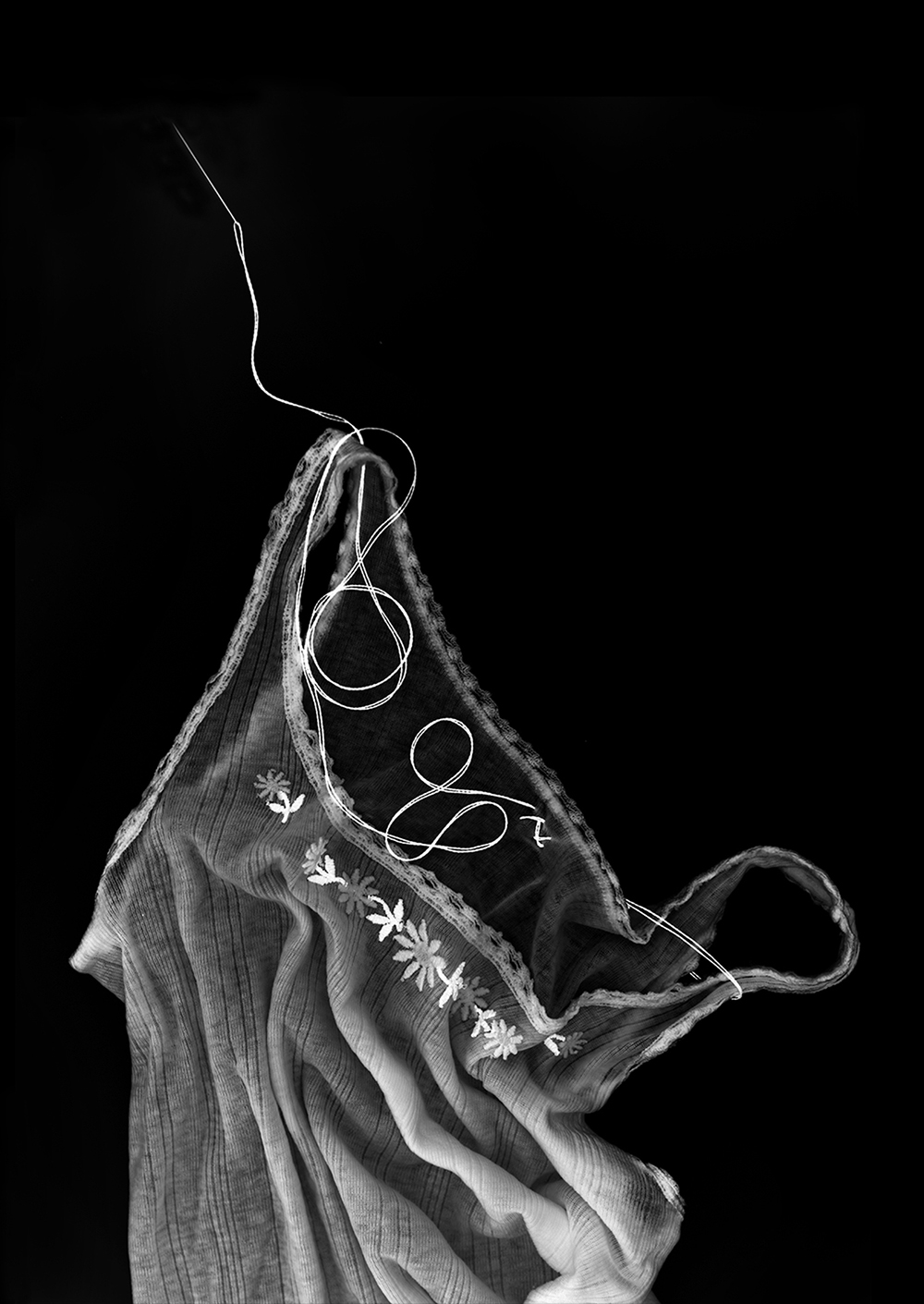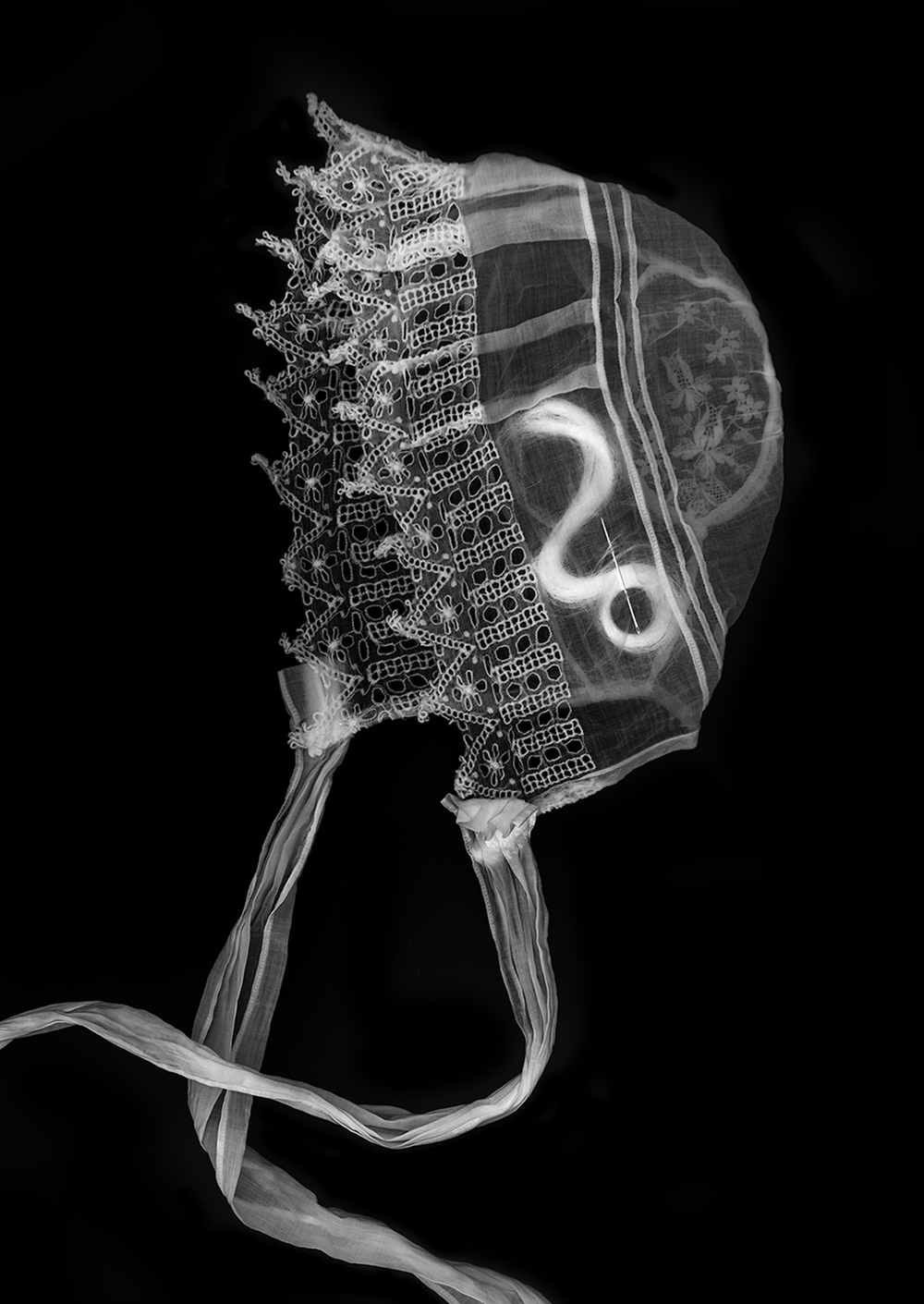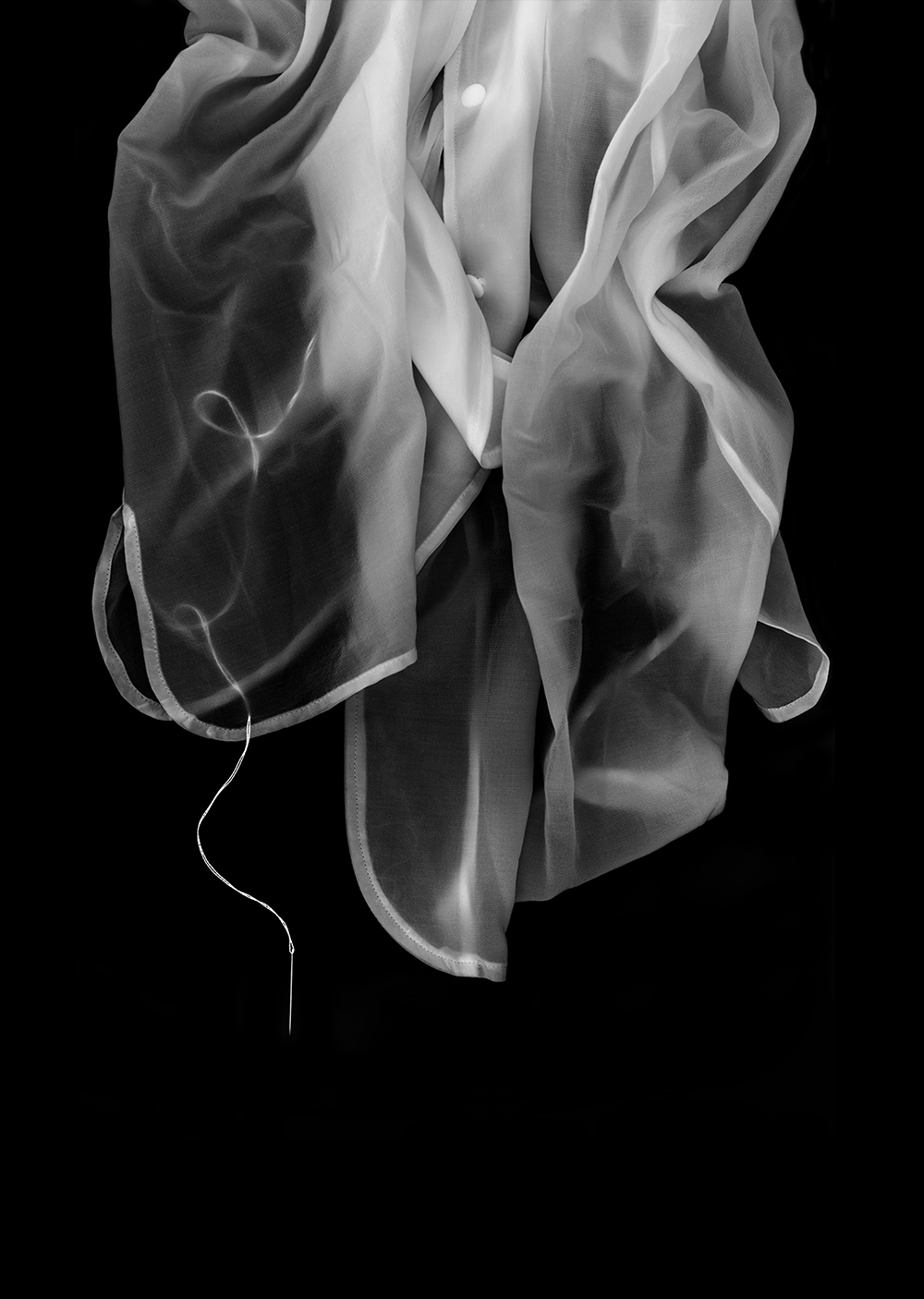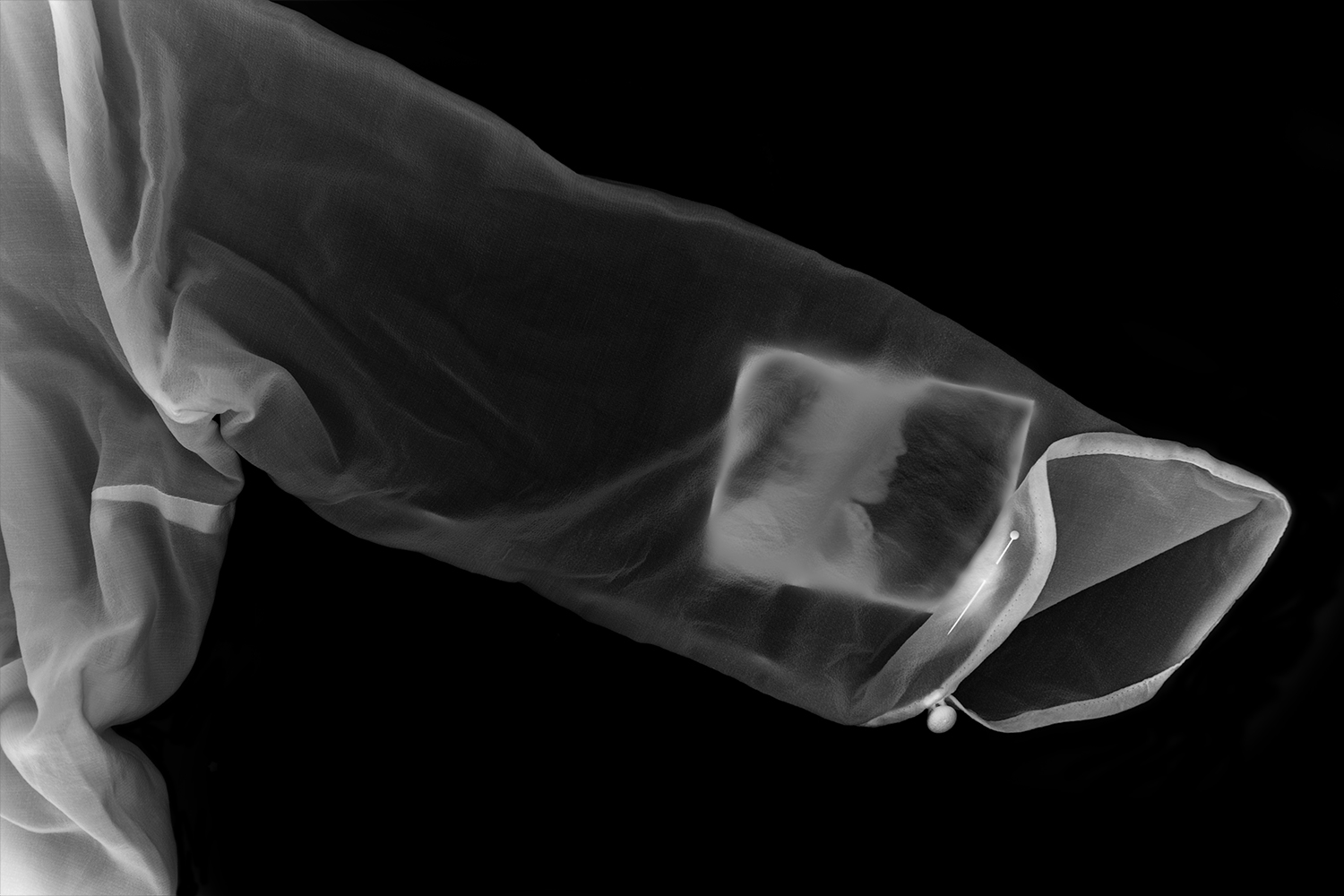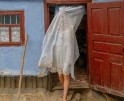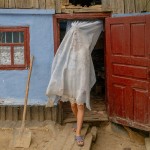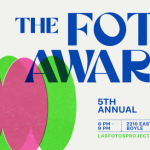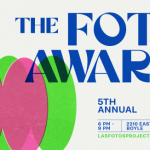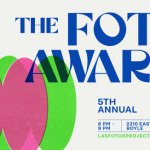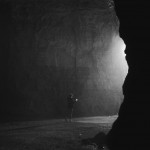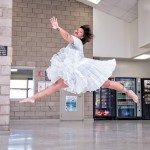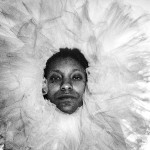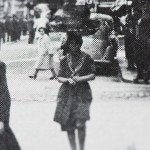CENTER’s Director’s Choice 3rd Place Award: Elizabeth Claffey
Elizabeth Claffey received 3rd Place in CENTER’s Director‘s Choice Award. Her project, Matrilinear , “is a series that addresses embodied memory and its relationship to personal, familial, and cultural identity”. Kim Sajet, Director, National Portrait Gallery, Smithsonian selected Elizabeth’s work for this award and her statement is below.
The Choice Awards recognize outstanding photographers working in all processes and subject matter. The Awards are divided into four categories: Curator’s Choice, Editor’s Choice, Director’s Choice and Exhibitor’s Choice. Winners receive recognition via exhibition, publication, portfolio reviews and more. The Choice Award winners are invited to participate in an exhibition in Santa Fe, New Mexico during Review Santa Fe.
Kim Sajet was appointed director of the National Portrait Gallery in 2013. Presiding over a national collection of American portraiture is an extraordinary role for the Nigerian-born Sajet, who was raised in Australia and is also a citizen of the Netherlands, and her global perspective is welcome and refreshing. She perceives how many of the notable Americans depicted in the Portrait Gallery collection are viewed outside the United States and offers us a deeper understanding about their accomplishments and influence.
These photographs capture the traces of bodies in well-worn clothes, filled with memories and worn thin through time. The light-box effect of the clothes laid upon the inky black background sets up a yearning that both looks back in time and reminds me of the ghostlike beauty and endurance of the human spirit. I feel nostalgic looking at these baby dresses, bonnets, and embroidered tops for a time when my own children were small and motherhood was still a mystery.
A word to the artists
I honestly believe that art can change the world, and as artists, you lead that change. So when choosing what to create, it’s important to start from your own personal wellspring of emotion and experience and then find a way to convey that to the rest of us. One great picture is worth more than ten, so take time to curate your submissions with an eye to developing a journey for the viewer. Just like each chapter in a book makes a great story, each work of art contributes to make an impactful body of work. Many times I loved someone’s photograph, but one bad picture—or too many—put the entry out of contention.
Similarly, if you want your viewers to identify with you, don’t use long, overwrought, and verbose language to talk about it! So many of the explanations just seemed incomprehensible and/or pretentious. Curators love artists who have a simple and elegant turn of phrase—trust me on this. At my museum we call it “art-speak flapdoodle”!
And finally, ask yourself if what you are presenting will be of interest to someone else in a new and imaginative way? Many of the submissions talk of personal experience, documenting autobiographical people and places that no doubt resonate with family and friends. But do they have a transcendent quality that could appeal to complete strangers sometimes living on the other side of the world? Similarly, are your pictures unique, or are you taking another famous artist’s ideas or style and adapting them with little change? Artistic appropriation, unless it’s extremely sophisticated and “additive” to the original idea, isn’t fair to the person whose work you admire—or, to be honest, yourself.
Elizabeth M. Claffey is an Assistant Professor of Photography at Indiana University in Bloomington. She is an honors graduate of Earlham College and has an MFA in photography from Texas Woman’s University, where she also earned a Graduate Certificate in Women’s Studies. She received a 2012-13 William J. Fulbright Fellowship, which she used to support her documentary and creative research in Eastern Europe. Elizabeth’s work focuses on the way personal and familial narratives are shaped by interactions with both domestic and institutional structures and spaces. Her work has been recognized by PDN Magazine, Center Santa Fe, Project Basho Gallery, Abecedarian Gallery, The Eddie Adams Workshop, and various other galleries and publications including The Chronicle of Higher Education, The Dallas Morning News, and Manifest Gallery.
Matrilinear
Matrilinear is an ongoing series that addresses embodied memory and its relationship to personal, familial, and cultural identity. In mainstream Western culture, public forms of power are often passed down through patriarchal lines of heritage, along with dominant historical narratives that can socially condition peoples and shape identities. However, women have often interrupted this power and conditioning through traditions of storytelling and object sharing. These images examine family folklore, ritual, and mnemonic objects passed down through generations of women. The photographs of each object reveal the physical remnants of a body long gone; including stains, tears, and loose thread from clothing that was kept close to the body for comfort and protection. The stitching and/or photographic representations are both a visualization and an expansion of stories shared as family lore. These interruptions also represent the deep influence of one’s familial past on personal identity and perceptions of the body.
By expressing domestic rituals and objects to explore their meanings within public contexts, this work aims to interrupt and transform normative cultural narratives. Through varying perspectives and translations, the practices and keepsakes that construct familial stories become basic to a more inclusive collective memory and global story of the past. Women play many complex roles within the structures of kinship: daughter, sister, cousin, mother, aunt, grandmother; these roles can be fluid and at times overlap. Matrilinear aims to create space for the deep knowledge base that women can develop through interaction with home space and each other. The series also draws upon the vernacular of an archive to imply the critical nature of women’s experiences within the greater context of history.
Posts on Lenscratch may not be reproduced without the permission of the Lenscratch staff and the photographer.
Recommended
-
The International Women in Photo Association Awards: Lorraine Turci: The Resilience of the CrowMarch 16th, 2024
-
The International Women in Photo Awards: Natalia Garbu: Moldova LookbookMarch 15th, 2024
-
The International Women in Photo Association Awards: Rayito Flores Pelcastre: Chirping of CricketsMarch 14th, 2024
-
The International Women in Photo Association Awards: Alena Grom: Stolen SpringMarch 13th, 2024
-
The International Women in Photo Association Awards: Louise Amelie: What Does Migration Mean for those who Stay BehindMarch 12th, 2024

